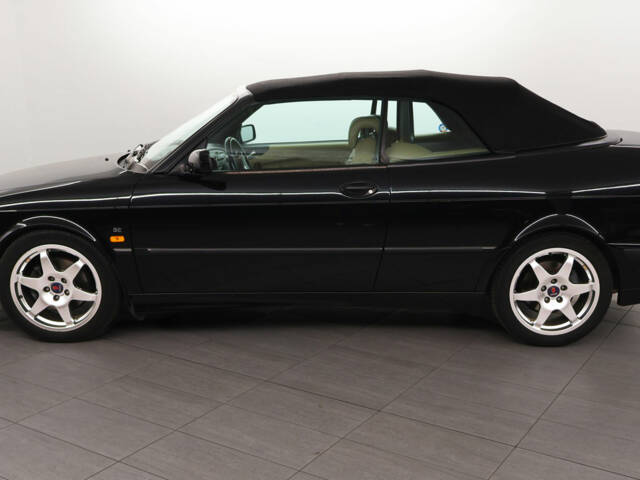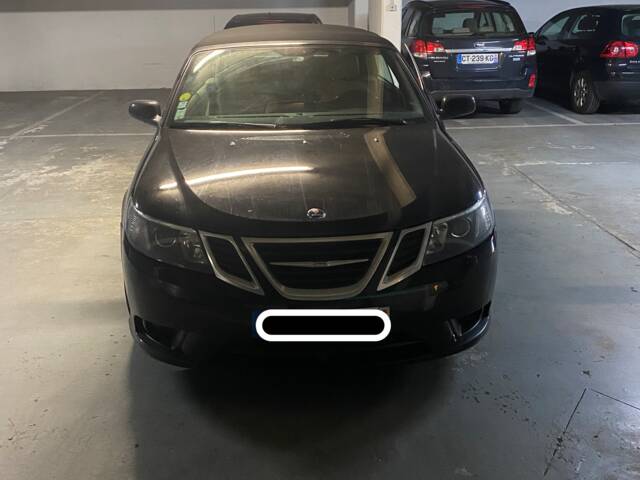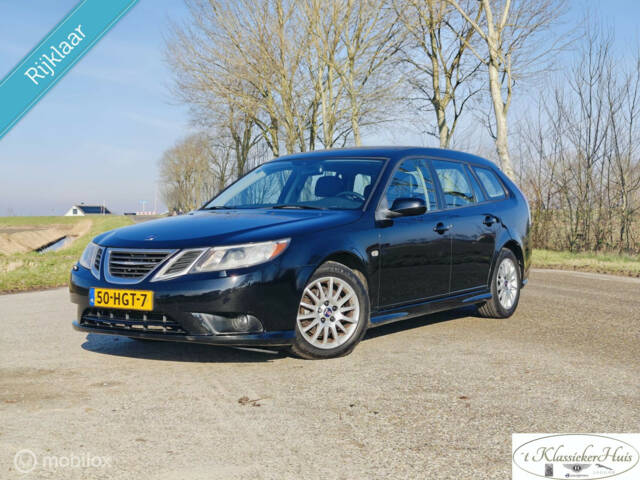Saab 9-3 Classic Cars for Sale
The Saab 9-3 combines Swedish design with engineering excellence, making its name with cutting-edge turbo technology. Spanning from 1998 to 2014, the 9-3 boasts a variety of models across three generations, including hatchbacks, sedans, wagons, and the popular convertible which unexpectedly captured a 40% market share. Saab's bankruptcy led to the end of production for the 9-3 Type YS3F in 2011, with a brief revival under new ownership from 2013 to 2014 as the Type YTN.
Search results

1999 | Saab 9-3 2.0 Turbo
Lot 2 Saab 9-3 2.0 LPT Cabriolet (1999). Schätzpreis CHF 5'000 bis CHF 13'000

2008 | Saab 9-3 2.0T Aero
CARACTERISTIQUES

2008 | Saab 9-3 2.0T SportCombi
Saab 9-3 Sport Estate 1.8t Vector Sport
Introduction and History of the Saab 9-3
The Saab 9-3 Type YS3D succeeded the Saab 900 and initially faced skepticism for its shared components with GM vehicles. However, the model saw continuous improvements over the years, especially in materials and build quality. True to Saab's spirit, the five-door hatchback SportSedan and the convertible were in demand. Highlights of the series include the 9-5 2.3 Turbo Viggen, the introduction of all-wheel drive, and E85 support in the BioPower model. The second generation Type YS3F was produced from 2002 to 2011, with a final brief run as Type YTN from 2013 to 2014.
Features of the Saab 9-3
Distinctive features of the Saab 9-3 include its range of powertrains, notably the turbo petrol engines known for dynamic driving pleasure. The Saab 9-3 maintains a stable presence in the classic vehicle market thanks to its loyal fanbase. Compared to other Saab models, the 9-3 accounts for 9.6% of listings, highlighting its demand.
Technical Specifications
Buying Guide / Weak Points. Maintenance and Reliability
Older Saab 9-3 models generally have stable prices, yet potential buyers should be aware of common weak points. Typical issues concern the suspension and electronics, especially faulty engine control units and the EGR valve on diesel engines. Replacement parts are readily available due to shared components with Opel and GM, but it's crucial to verify a complete maintenance history.
Engines and Performance, Transmission and Handling
The Saab 9-3 offers a wide array of engines, with the turbo variants being particularly popular. The petrol turbos, such as the 2.0T Aero, deliver enjoyable driving experiences and are often subjects of tuning. The turbochargers provide lively power and smooth driving, with the strong front-wheel-drive impacting the overall handling.
Interior, Comfort, and Design
The interior of the Saab 9-3 reflects Swedish style with updates over the years. Material quality saw enhancements throughout production, with models post-2007 benefiting from higher-grade materials. The dashboard design remains signature to the brand, with features like leather interiors and integrated navigation systems enhancing appeal.
Summary
The Saab 9-3 blends charming design with modern technology, making it an interesting option for classic car enthusiasts, thanks to its diverse range from sedans to convertibles. Despite minor weaknesses, it continues to attract buyers in the used car market, appreciated for its driving fun and unique personality.